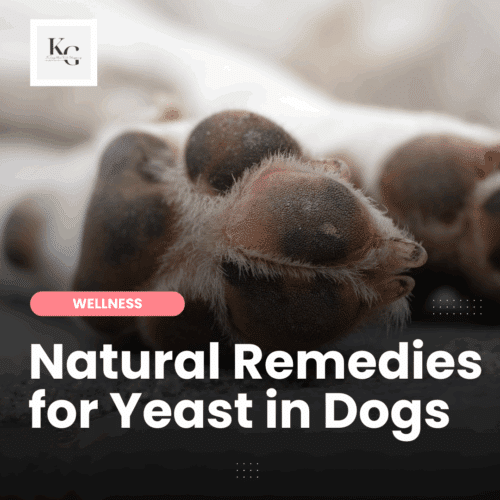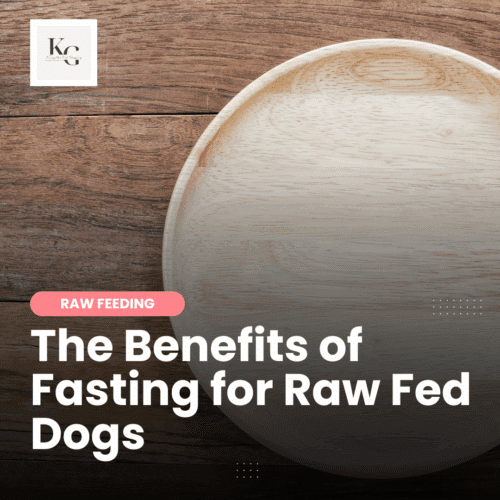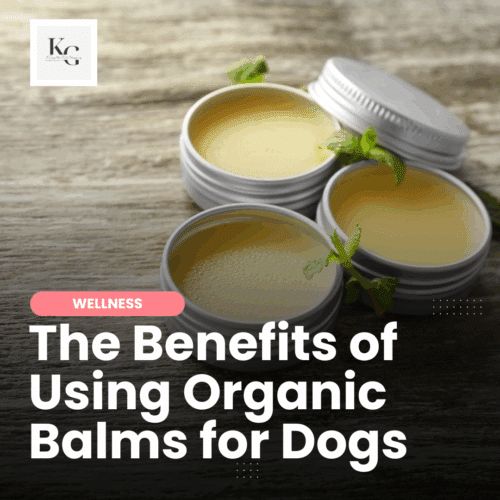Keep the Tail Wagging is supported by pet parents. I occasionally earn a commission (at no additional cost to you) when you click through an affiliate link to one of my favorite products. Thank you for your support. Read More
I transitioned my dogs to raw in 2013, feeding a local commercial brand. Over the years, I've tried several fresh food brands (raw, cooked, freeze-dried, and air-dried), settling on what works best for my dogs. Today, I primarily feed DIY because I can control the ingredients, and it's more affordable than commercial pet food. I can no longer make recommendations because choosing a raw food brand for your dog is more about the dog than the brand.
Choosing Raw Food Brands
Instead of creating another ‘Top Raw Food Brands” list that's based solely on my dogs' preferences, I would prefer to share the factors I consider when considering a raw brand.
Reputation – When choosing raw brands, I start with companies with a track record of producing high-quality foods. I check their websites, read customer reviews, and speak with the manager or owner of my local independent pet store.
Ingredients – I analyze the ingredients to identify what's in the food (protein, organs, bone) and what shouldn't be in the food (excessive carbs, artificial additives, fillers). Currently, there aren't many ingredients I have to avoid when feeding my dogs. But, if I can, I like to avoid synthetic vitamin mixes when I can; I prefer whole foods. If I spend the money on commercial raw, I prefer brands that offer high-quality proteins over scraps (or trim).
Meat-to-Vegetable Ratio – Dogs are carnivores, and although they can consume vegetables, I don't believe vegetables should be a primary part of their diet. I feed vegetables as a source of fiber, antioxidants, and additional nutrients, but animal protein is the primary ingredient in their food. I'm not a fan of potatoes and rice in dog food; I don't believe they're species-appropriate. However, I will choose potatoes over rice if it's my dog's only food option.
Sourcing – I feed both grass-fed and grain-fed proteins to my dogs. Grass-fed/grass-finished proteins are outside of my budget. In my area, most of the pasture-raised proteins eat a diet that includes both grass and gain. My main concern is how the animal was raised. I prefer pasture-raised proteins and human-grade ingredients. I avoid factory-farmed proteins and proteins subjected to unnecessary chemicals (antibiotics, hormones) and weed killers when possible.
Variety – I alternate the proteins in my dogs' diet weekly to help prevent allergies and ensure a balanced nutrient intake. I appreciate a pet food brand that offers several protein options. But it's not enough for them to provide a chicken, beef, and duck recipe – I look at the ingredients to confirm that the variety goes beyond the main protein.
Nutritional Adequacy – I don't believe fresh food needs to meet the dietary requirements set by the Association of American Feed Control Officials (AAFCO); I appreciate brands that work with a veterinary nutritionist who understands raw/cooked pet diets. It's also helpful when brands clarify that their food is for adult dogs, all life stages, or for supplemental feeding. This information allows me to determine what I need to add to the diet to meet my dogs' nutritional needs better.
Preparation – High-pressure pasteurization (HPP), a process used to eliminate bacteria while preserving nutrients, is becoming more mainstream. But I'm not a fan of this process because the food no longer looks like food. Plus, there is still a disagreement in the fresh food community about what the process does to the beneficial bacteria in the food.
Quality Control – I buy food from companies that maintain clean facilities and test their products for nutrient levels and toxins. If a company has several run-ins with the FDA, this does raise a concern but not a red flag because I believe the FDA targets raw food companies, and I've found many of the articles written about these encounters to be misleading. That being said, it's still important to know and something I want to look into.
Cost – The cost of the food is essential; if it's too expensive, then I won't be able to afford to feed it exclusively to my dogs. But if it's too cheap, red flags about the sourcing and ingredients are raised. I set a monthly budget that I adhere to, starting with the price per pound. This makes it possible for me to continue feeding my dogs fresh food.
Allergies and Specific Needs – I have a dog with minimal protein sensitivities and dietary needs. There are some brands that he can't eat because of the ingredients. He's also particular about his food; I must consider texture, odor, and moisture. Although finding a brand that he'll eat consistently can be frustrating, I'm learning a lot about feeding a picky dog.
Raw Food Brands I Feed to My Dogs (2023)
If you're looking for a list of quality pet foods, I recommend The List by Susan Thixton. This list is published annually on The Truth About Pet Food and covers most of the research for us. Susan's list includes raw, cooked, freeze-dried, dehydrated, kibble, and canned for dogs and cats. Brands that make it on the list must respond to a long questionnaire and provide support to be considered.
As I stated above, I primarily feed my dogs DIY, but a few commercial raw brands have made it into the rotation because my dogs do well on the food.
- Wild Coast Raw – a raw dog food formulated for adult dogs, with one recipe for all life stages. This Washington company provides high-quality foods with trusted ingredients and sourcing.
- Columbia River Pets – supplemental raw dog food that contains protein, bone, and some organs. I mix with additional organ meat and a base mix. This is an affordable brand that makes DIY easy. They offer a large variety of proteins; however, they have experienced price increases and decreased availability.
- Solutions Pet Products – I feed this as part of my dogs' diet; the cost is too high to provide exclusively to my four large dogs. I like Solutions because I respect the team behind this brand. I'm able to feed less of this food because it's nutrient-dense. I alternate between adding a small amount to the meal or feeding it exclusively a few days a month.
- The Farmer's Dog – a subscription, cooked brand delivered to your door. I feed this to my picky geriatric dog. He has become more discerning about this food, and The Farmer's Dog is the only food he'll eat consistently. I alternate TFD with Wild Coast Raw and my DIY duck blend.
This list changes based on my dogs' needs and preferences. For example, I initially began feeding The Farmer's Dog to my eldest dog for a product review. Although Rodrigo enjoyed the food, I didn't like the potatoes or the price. Today, I feed it because it's one of the only foods he'll eat.
My Advice on How to Choose the Best Raw Food Brands
If you're looking for quality raw dog food, I suggest you start with The List, mentioned above. Choose the best food you can afford and continue educating yourself about canine nutrition and raw feeding. In my experience, choosing the best natural dog food involves research, patience, and trial and error. I've learned not to become too attached to a brand because every dog is unique, and dogs change as they age.






